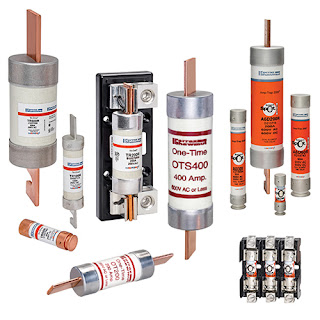Baluff Offers Full CC-Link I/O Package
Balluff has introduced a complete CC-Link package, including heavy-duty machine-mount modules, industrial RFID, supporting cordsets and connectivity accessories. According to Balluff, most CC-Link I/O networks are direct wired from control cabinets, with IP20 I/O modules typically residing in costly and bulky enclosures. However, owing to the need to terminate all I/O points, these setups have a high cabling content and are labour intensive.
This can be simplified by using Balluff IP67 CC-Link I/O machine-mount modules and supporting cordsets by placing the modules near the concentration of sensors and actuators. The small footprint and ease of setup are intended to reduce installation material costs and labour, as well as decrease maintenance troubleshooting and repairs. All connections, network and field I/O are now plug-in for quick and error-proof machine build and service. The Balluff CC-Link I/O Module has a pushbutton display that allows for easy configuration right at the block.
Its rugged, IP67 metal housing withstands harsh industrial environments and its ports accept two-wire or three-wire inputs. A wide range of network and auxiliary cables is available. For contact-free communications, Balluff has introduced CC-Link network connectivity to its BIS-M series of RFID controllers. In conjunction with CC-Link, Balluff's BIS-M Series is designed for high-speed, long-distance data transfer, in which it offers 100 per cent data tracking, consistent error prevention, secure process control and reliable traceability.
The CC-Link fieldbus protocol ensures quick, robust communication between different stations, allowing the new BIS M-699 processor to be used directly on the network. Conformity with the ISO15693 and ISO14443 standards and use of the globally approved frequency of 13.56MHz means the combination can be used worldwide. CC-Link is a standardised fieldbus designed to integrate different automation components from a wide range of providers. Flexibility is provided through a range of combinations of data carriers and antennas, and two read-write heads per processor.
This can be simplified by using Balluff IP67 CC-Link I/O machine-mount modules and supporting cordsets by placing the modules near the concentration of sensors and actuators. The small footprint and ease of setup are intended to reduce installation material costs and labour, as well as decrease maintenance troubleshooting and repairs. All connections, network and field I/O are now plug-in for quick and error-proof machine build and service. The Balluff CC-Link I/O Module has a pushbutton display that allows for easy configuration right at the block.
Its rugged, IP67 metal housing withstands harsh industrial environments and its ports accept two-wire or three-wire inputs. A wide range of network and auxiliary cables is available. For contact-free communications, Balluff has introduced CC-Link network connectivity to its BIS-M series of RFID controllers. In conjunction with CC-Link, Balluff's BIS-M Series is designed for high-speed, long-distance data transfer, in which it offers 100 per cent data tracking, consistent error prevention, secure process control and reliable traceability.
The CC-Link fieldbus protocol ensures quick, robust communication between different stations, allowing the new BIS M-699 processor to be used directly on the network. Conformity with the ISO15693 and ISO14443 standards and use of the globally approved frequency of 13.56MHz means the combination can be used worldwide. CC-Link is a standardised fieldbus designed to integrate different automation components from a wide range of providers. Flexibility is provided through a range of combinations of data carriers and antennas, and two read-write heads per processor.


Comments